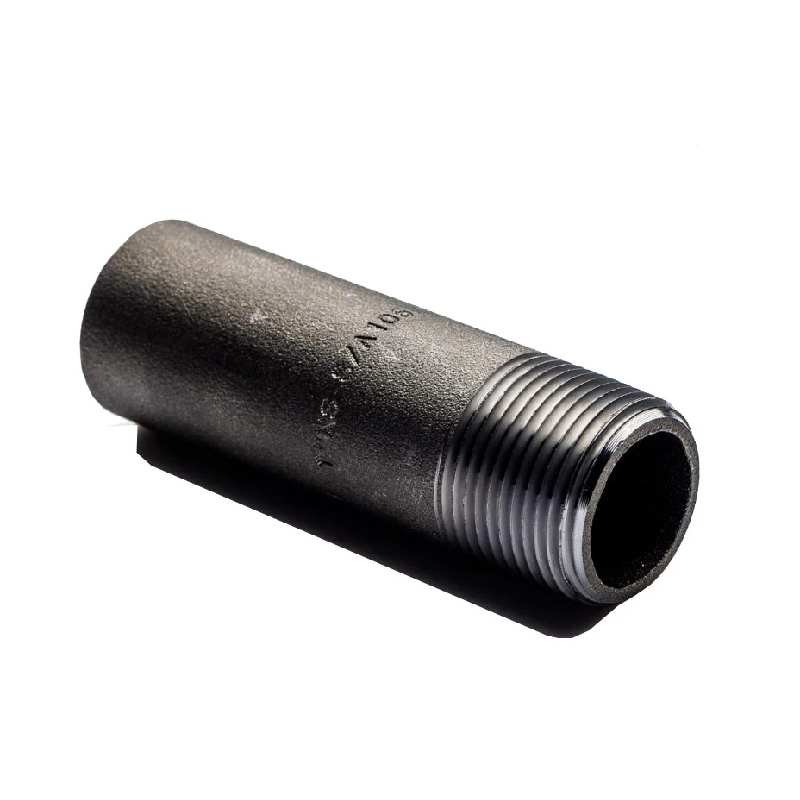-
Cangzhou Yulong Steel Co., Ltd.
-
Phone:
+86 13303177267 -
Email:
admin@ylsteelfittings.com
- English
- Arabic
- Italian
- Spanish
- Portuguese
- German
- kazakh
- Persian
- Greek
- French
- Russian
- Polish
- Thai
- Indonesian
- Vietnamese
- Zulu
- Korean
- Uzbek
- Hindi
- Serbian
- Malay
- Ukrainian
- Gujarati
- Haitian Creole
- hausa
- hawaiian
- Hebrew
- Miao
- Hungarian
- Icelandic
- igbo
- irish
- Japanese
- Javanese
- Kannada
- Khmer
- Rwandese
- Afrikaans
- Albanian
- Amharic
- Armenian
- Azerbaijani
- Basque
- Belarusian
- Bengali
- Bosnian
- Bulgarian
- Catalan
- Cebuano
- China
- China (Taiwan)
- Corsican
- Croatian
- Czech
- Danish
- Esperanto
- Estonian
- Finnish
- Frisian
- Galician
- Georgian
- Kurdish
- Kyrgyz
- Lao
- Latin
- Latvian
- Lithuanian
- Luxembourgish
- Macedonian
- Malgashi
- Malayalam
- Maltese
- Maori
- Marathi
- Mongolian
- Myanmar
- Nepali
- Norwegian
- Norwegian
- Occitan
- Pashto
- Dutch
- Punjabi
- Romanian
- Samoan
- Scottish Gaelic
- Sesotho
- Shona
- Sindhi
- Sinhala
- Slovak
- Slovenian
- Somali
- Sundanese
- Swahili
- Swedish
- Tagalog
- Tajik
- Tamil
- Tatar
- Telugu
- Turkish
- Turkmen
- Urdu
- Uighur
- Welsh
- Bantu
- Yiddish
- Yoruba

Nov . 07, 2024 09:53 Back to list
Understanding the Importance of 1 Inch Flange in Connecting Piping Systems
Understanding the 1 inch Flange A Comprehensive Guide
In the world of engineering and manufacturing, the importance of components such as flanges cannot be overstated. Flanges serve as critical connection points in various systems, allowing pipes, valves, pumps, and other equipment to be joined together for effective operation. One specific type of flange that often garners attention in industrial applications is the 1-inch flange. This article delves into the details of the 1-inch flange, including its types, applications, and advantages.
What is a Flange?
A flange is a mechanical component that is used to connect two systems or sections of a system through a bolted joint. Typically made of materials like metal or plastic, flanges can come in various sizes, shapes, and pressure ratings. Flanges ensure a tight seal and are crucial in preventing leaks in piping systems, making them indispensable in many industries, including oil and gas, water treatment, and HVAC.
The 1-Inch Flange Explained
When we refer to a 1-inch flange, we are talking about a flange that has a nominal diameter of 1 inch. This measurement indicates the internal diameter of the pipes or fittings that the flange is designed to connect. 1-inch flanges can come in various pressure ratings, ranging from 150 to 2500 psi, making them suitable for different fluid transport and pressure requirements.
Depending on the specific requirements of an application, there are several different types of 1-inch flanges to consider
1. Weld Neck Flanges These flanges are welded to the pipe, providing a strong connection that can handle significant stresses. They are commonly used in high-pressure applications.
2. Slip-On Flanges These are designed to slip over the end of the pipe and are then welded into place. Slip-on flanges are often easier to install than weld neck flanges.
3. Blind Flanges Used to seal the end of a piping system, blind flanges are solid and do not have a central hole. They are essential for pressure testing and maintenance.
4. Threaded Flanges These flanges have internal threads that allow them to be screwed onto the pipe. They are often used in situations where welding is not feasible.
5. Lap Joint Flanges Used with a stub end, these flanges are particularly advantageous for applications that require frequent disassembly.
Applications of 1-Inch Flanges
1 inch flange

1-inch flanges are used in a variety of settings. Some common applications include
- Water Supply Systems Flanges help connect sections of piping, valves, and fittings in water distribution systems, ensuring a seamless flow of water.
- Oil and Gas Industry Flanges are vital in upstream and downstream operations, enabling connections that are required for transporting oil, natural gas, and associated products.
- HVAC Systems Flanges play a role in connecting ductwork, heating, and cooling elements within heating, ventilation, and air conditioning systems.
- Chemical Processing The compatibility of different materials with various chemicals makes flanges essential for maintaining safe and effective processing.
Advantages of Using 1-Inch Flanges
The use of 1-inch flanges comes with numerous advantages
- Compatibility 1-inch flanges are versatile and compatible with many standard piping systems in various industries, facilitating easy integration.
- Pressure Ratings They are available in different pressure ratings, ensuring there is a suitable flange for every application based on the required pressure and temperature conditions.
- Ease of Maintenance Flanged connections allow for easy disassembly and maintenance, making it simpler to replace components without disturbing the entire system.
- Cost-Effectiveness Standardized sizes like the 1-inch flange are widely available, which can lead to cost savings in bulk procurement and reduced manufacturing lead times.
Conclusion
The 1-inch flange is a fundamental component across multiple industries, ensuring safe and efficient connections within pipe systems. Understanding the different types of flanges and their specific applications is crucial for engineers, designers, and technicians. As industrial needs continue to evolve, the versatility and effectiveness of flanges, including the 1-inch variant, will remain pivotal in engineering and manufacturing sectors.
Latest news
-
ANSI 150P SS304 SO FLANGE
NewsFeb.14,2025
-
ASTM A333GR6 STEEL PIPE
NewsJan.20,2025
-
ANSI B16.5 WELDING NECK FLANGE
NewsJan.15,2026
-
ANSI B16.5 SLIP-ON FLANGE
NewsApr.19,2024
-
DIN86044 PLATE FLANGE
NewsApr.19,2024
-
DIN2527 BLIND FLANGE
NewsApr.12,2024
-
JIS B2311 Butt-Welding Fittings LR/SR 45°/90° /180°Seamless/Weld
NewsApr.23,2024
-
DIN2605-2617 Butt-Welding Fittings LR/SR 45°/90°/180° Seamless/Weld
NewsApr.23,2024











